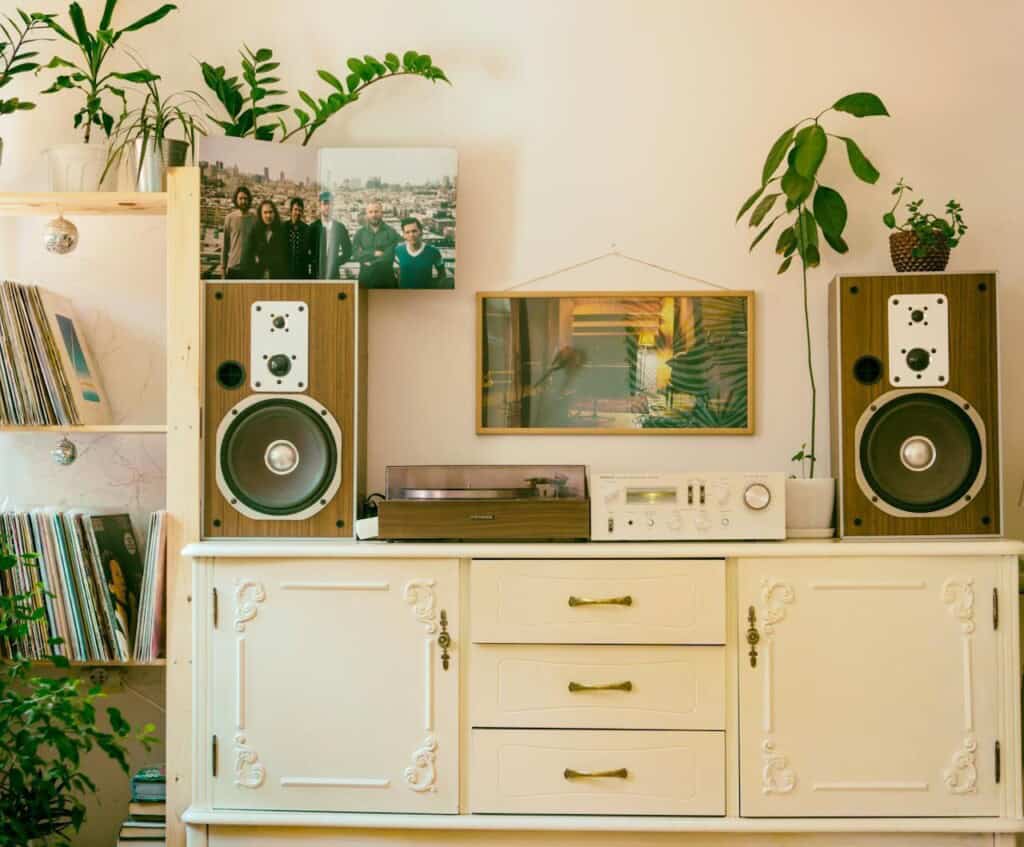
Moving to a new country can be an exciting adventure, but it also comes with its challenges. One of the most personal and enjoyable aspects of settling into a new home is creating a space that reflects your style and feels like your own. Sourcing home décor locally after an international relocation is a great way to connect with your new environment and make your house feel like a true home. It allows you to embrace the culture and craftsmanship of your new surroundings while bringing in pieces that resonate with your taste. In this article, you will learn how to master the art of an international move and local design.
Why Sourcing Home Décor Locally Matters
When you relocate internationally, one of the first things you might notice is the difference in style and aesthetics between your home country and your new home. Sourcing home décor locally not only helps you adapt your home to the new culture but also supports local artisans and businesses. By purchasing locally made items, you get a piece of the place where you now live. It’s a way to celebrate your new life abroad while still incorporating items that feel familiar and comforting. Additionally, it is often more affordable than importing items from abroad.
Incorporate Antique Pieces Into Your New Home
If you have antique pieces from your previous home, now is the perfect time to ship some of your antique pieces to your new space. Mixing antiques with modern décor creates an intriguing contrast and adds depth to your home’s design. You might want to showcase an heirloom piece alongside more contemporary furniture or use vintage accessories as accent pieces. Antique items can bring a sense of nostalgia while still fitting into a fresh, new environment.

Start with Local Markets and Flea Markets
One of the best ways to source home décor locally after an international relocation is by visiting local markets and flea markets. Whether it’s vintage furniture, locally made pottery, or textiles with traditional designs, flea markets are a treasure trove for distinctive pieces. You can find interesting pieces and make DIY design projects in your new home. Be creative and stay inspired.
At these markets, you can haggle, make personal connections with local vendors, and find affordable décor that is unlike anything you would find in mainstream stores. The items you discover at these markets will not only enhance your home’s design but will also tell a story. This is especially important after an international move, as it helps you create a sense of belonging in a new place.
Collaborate with Local Artisans
In addition to markets, consider working with locals and artisans to create custom décor pieces for your home. Whether it’s a custom-made rug, artwork, or handcrafted furniture, working directly with artisans allows you to get exactly what you want. This is a great opportunity to bring your personal vision to life while also supporting the local economy.
Local artisans often use traditional techniques passed down through generations, so their work carries with it a sense of history and culture. These custom pieces can blend seamlessly with your existing items, adding a layer of authenticity to your home. If you have antique pieces from your home country, combining them with locally sourced items can create an eclectic and interesting décor that reflects your personal journey.
Visit Antique Shops for Unique Finds
Antique shops are another excellent source for home décor after relocating internationally. You might be surprised by the number of hidden gems waiting to be discovered in these stores. Whether you’re looking for vintage furniture, old-world décor, or even decorative objects with historical significance, antique shops offer one-of-a-kind items that can add character to your space.
Moreover, antique pieces often come with a rich history and can be great conversation starters. Incorporating these pieces into your home décor allows you to blend the old with the new, creating a unique atmosphere that reflects both your past and your new life abroad.

Understand Local Design Trends and Materials
Each region has its own design trends and preferred materials when it comes to home décor. Sourcing home décor locally allows you to immerse yourself in the design preferences of your new environment. For example, you may notice that certain materials like wood, ceramic, or metal are more prevalent in your new home, and local designers may offer products that highlight these materials.
By understanding and embracing local design trends, you can enhance your home’s aesthetic while creating a space that feels truly connected to your new surroundings. Whether it’s adding contemporary touches or choosing traditional styles, sourcing locally ensures that your home reflects the culture and materials of the area.
The Value of Supporting Local Businesses
Supporting local businesses is a great way to integrate yourself into your new community. When you source home décor locally, you’re not just buying products—you’re also investing in the people who make them. Small local businesses often produce décor items with a high level of craftsmanship and attention to detail. Purchasing from them means you’re helping to sustain the local economy and promoting sustainable practices.
Many local shops and artisans rely on the support of newcomers to keep their businesses thriving. By choosing to buy locally, you’re forming a relationship with your new community while also contributing to the livelihood of the people around you.

Conclusion: Personalized Touch for Your New Home
Sourcing home décor locally after an international relocation offers numerous benefits, from connecting with local culture to supporting small businesses. By exploring local markets, collaborating with artisans, visiting antique shops, and embracing regional design trends, you can create a home that reflects both your unique style and your new surroundings.
Take the time to make your new space feel like your own by selecting pieces that tell a story. Whether it’s through the use of antique treasures, custom-made items, or locally crafted décor, you can create a space that is both meaningful and functional.



